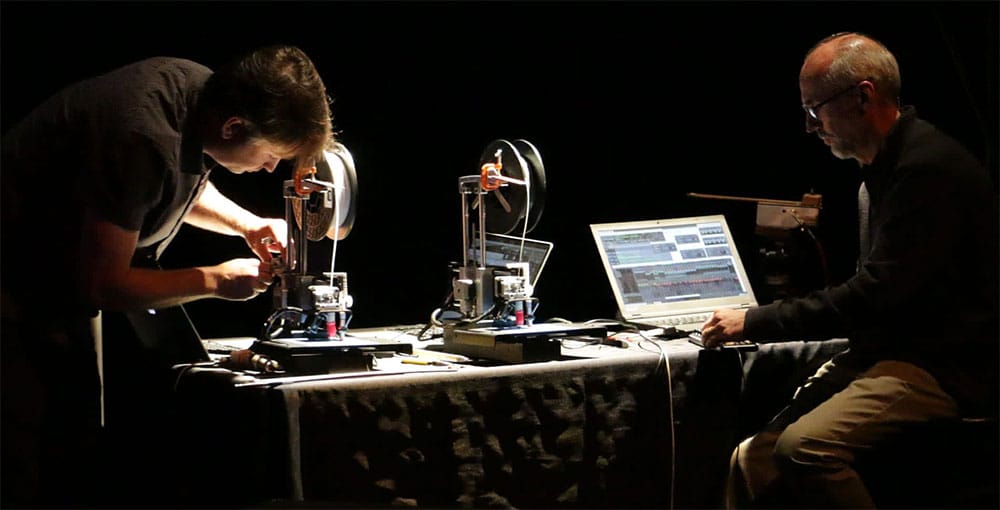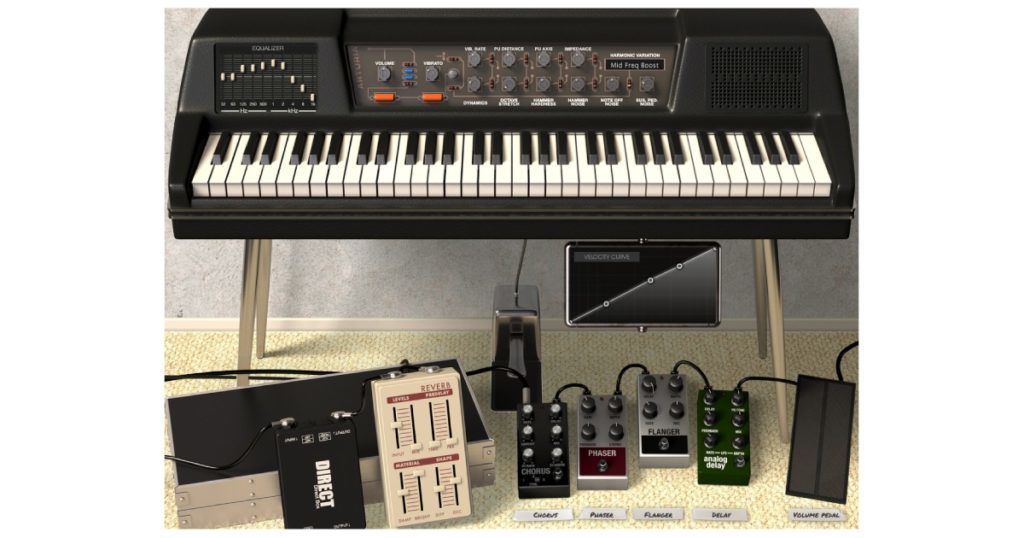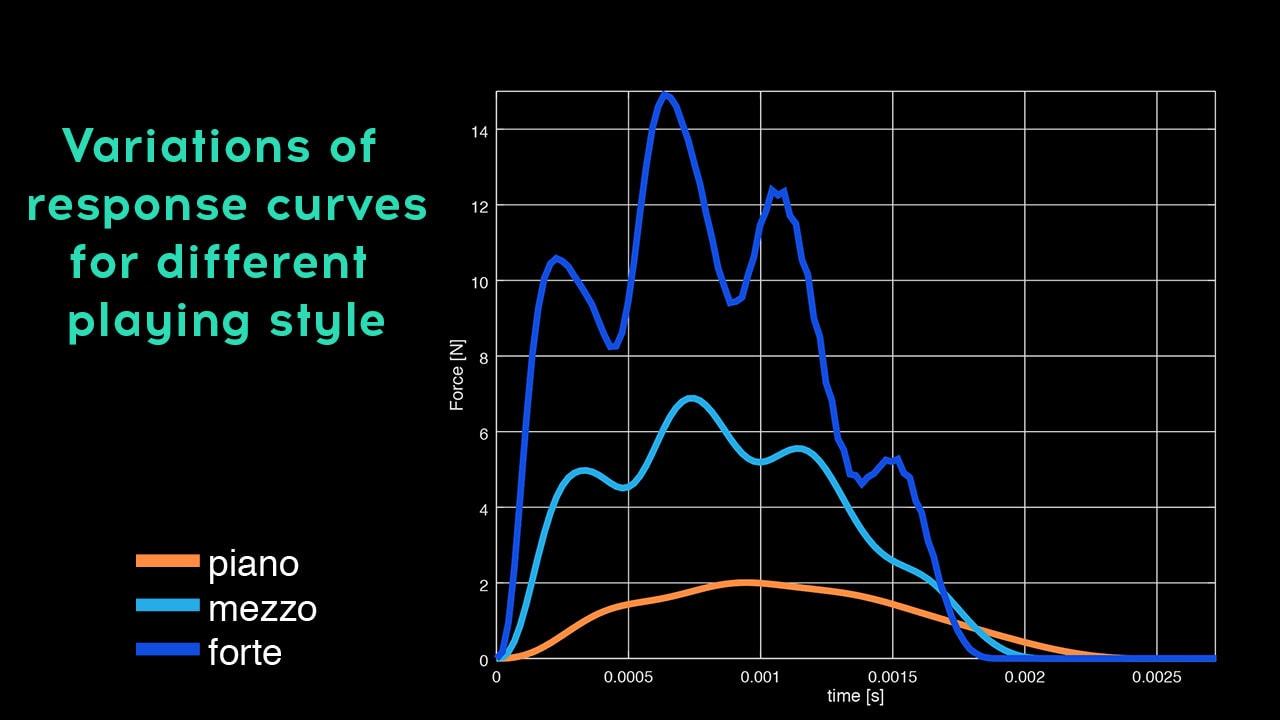


While this may not seem like a lot, especially when compared with the synths from the V Collection, there are still over 200 presets that you can explore and tweak until you start creating your own sound. When you open the piano’s “lid”, you gain access to a 10-band graphic equalizer, as well some very interesting parameters that let you adjust vibrato rate, dynamics, hammer hardness, or hammer noise the last two refer to the hammer used to hit the metal rods in order to produce the Wurli’s unique sounds. You can even choose the virtual device for the signal output, which can be a direct box, a guitar amp, or a Leslie speaker. You can add up to four effects to the piano (including flanger, phaser, chorus, delay, overdrive, and compressor) and you can modulate the sound using one of three types of pedals (volume, wah-wah, or auto-wah). Nevertheless, the virtual instrument offers plenty of parameters that can help you alter the sound. Keep in mind that this is an electric piano, not a synth, so you can’t really expect too much in terms of sound versatility. Like most instruments in Arturia’s V Collection, the Wurli V2 was created using advanced physical modeling, which resulted in a great sounding and looking emulation. If you would like to add that particular sound to your compositions, then you could very well give Wurli V2 a try. The piano was appreciated for its dynamic range – which could vary from bright to overdriven, depending on how you played it – and distinctive timbre.

Now, I’m not entirely sure if the Wurlitzer electric piano would figure on such a list, but it’s safe to say that it was a very important instrument that was used by musicians such as Supertramp, The Beatles, The Rolling Stones, Ray Charles, and Marvin Gaye. If you’re ambitious enough, you could probably put together a long list of musical instruments that helped birth a genre or changed the soundscape of a particular decade.

In the 20th century, music was almost completely reinvented.


 0 kommentar(er)
0 kommentar(er)
